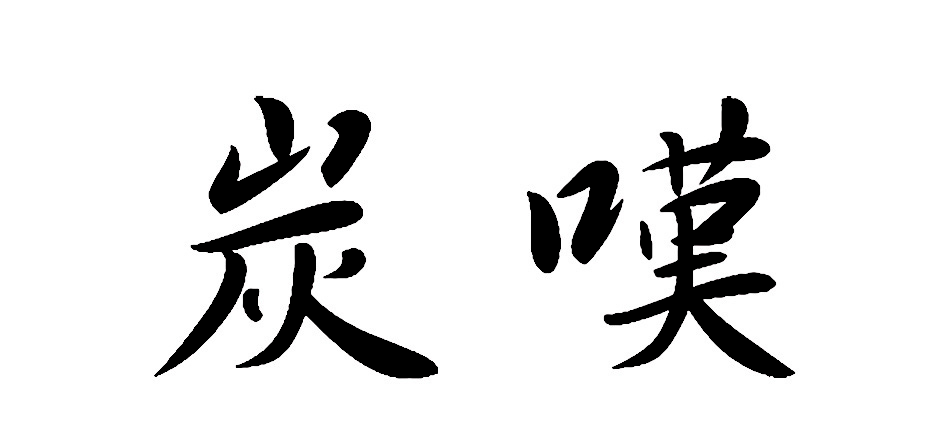One-year Anniversary +265days
Category: Contemporary Theater
Director/ Dramaturg: Tan Tan
Producers: Zhang Bo, Long Miaoyuan
Moving Image: Tao Tao
Installation Design: Tan Tan, Wang Xiaoxin
Performers: Tan Tan, Wang Linzhen, Lou Renlian, Hu Anshi, Zhao Jiahao,
Music: Hu Anshi, Tan Tan, Zhang Yiding
Stage Manager:Zhong Fuli, Duan Xinmei
Stage Design adviser:Jia Si
Photography:Long Miaoyuan
Sound Engineer:Yuan Mingzhi
Visual Design:Jiang Jialin, Duan Xinmei, Zeng Hao
Academic Advisor:Chen Lin
Dates: October 13-14
Venue: Beijing 77 Theater
*This play was invited to participate in the 2021 Beijing Fringe Festival-Theatre at Present, selected as one of the sixteen productions from across the country.
January 23, 2021, marks the one-year anniversary of the lockdown in Wuhan.
With nationwide support, Wuhan miraculously recovered from the great catastrophe. However, the entire world has undergone profound changes. Approaching the second "one-year anniversary," how should we heal ourselves? While originating from Wuhan, this play gradually radiates to portray the global situation under the pandemic. Therefore, "Wuhan" will be just a symbolic representation, triggering the changes in human life over the past two years. Can we still return to the world before 2020? Where should we go from here?
The play consists of four major components:
Isolation: Four sets of characters live their lives in separate rooms, repeating their daily routines. Seemingly unrelated, there are intricate connections. The characters' performances mostly draw from their actual experiences during quarantine, reflecting the world's situation amid the catastrophe.
Cross-over: At certain points in time, light, sound, images, and props create associative scenarios for these four groups of characters.
Unity: Sometimes, the four spaces merge into a single entity, transforming the entire space into a surreal universe. Here, all performances are symbolic, and absurd or even frenzied song and dance enter.
Interaction: The audience is occasionally involved in actions and situations. After the performance, they are also invited into the spatial installation used for the show, joining the actors in a spontaneous healing ritual.
Performance documentary highlights
This play, within the framework of the "post-dramatic theater," integrates performance art.
In terms of the audience-performer relationship, it creates an immersive interactive experience.
In space and media design, it combines large-scale installations and video art.
The poster of 2021 Beijing Fringe Festival
Description
While waiting outside the theater, the audience is already drawn into a performance art piece. They form four lines as instructed, each holding a long rope and entering with one meter of distance between them. The staff, using a loudspeaker, plays recorded samples of the entrance rules and the sounds of order maintenance by personnel during epidemic prevention and control.
Upon entering the theater, a giant installation appears before the audience under dim lights. Guided by flashlights, they, holding the ropes, orderly climb onto a three-meter-high platform built with scaffolding. Once all the audience members are in place, the staff secures the ropes to the midpoint of the railings on all four sides of the scaffolding.
This scaffolding installation, occupying the entire small theater space, not only brings a construction site directly into the theater but also subverts the audience-performer relationship and viewing perspectives. The audience can only look down onto the central performance area from the scaffolding on all sides, and moving images are projected onto the floor. Semi-transparent movable curtains divide the performance area into four enclosed boxes. In each box (room), actors perform simultaneously. Opening the curtains creates a unified overall space.
The entire installation gives the audience a macro and omniscient perspective. They can freely choose viewing angles, reflecting on their experiences over the past two years. On the other hand, as the plot unfolds, the audience also becomes the subject of observation. Performers look up at them from the performance area, shine flashlights on them, interact with them using props, and some hidden actors even come directly to do actions with them.
In the four rooms, there are a total of five performers, and the plot is mostly adapted from their real quarantine experiences in Wuhan.
In Room One, a young man (Zhao Jiahao) worked as an online chat companion during the pandemic. He encounters two special clients—a girl suffering from depression and an unfortunate migrant worker sent by the company to the United States and India, facing severe epidemics. Room Two features an elderly couple from Wuhan (Lou Renlian, Wang Linzhen), repeating the same daily life at home, constantly disturbing each other and facing continuous conflicts due to the cramped space. Room Three introduces a lonely musician (Hu Anshi) who creates music day after day and simultaneously composes music for the live performances of other actors. Room Four presents a woman who is always combing her hair (Tan Tan), wearing a breathing mask on her face connected to a long hose.
The actors portraying the elderly couple were recruited openly among Wuhan citizens, with the primary condition being that they must have experienced the lockdown in Wuhan in 2020 and have no professional acting training. The two selected seniors are 77 years old (Wang Linzhen) and 63 years old (Lou Renlian), both locals from Wuhan. Their unique characteristics were maximally integrated into the storyline, such as Wang singing traditional Hubei operas, walking as a fashion model, Lou singing Russian songs, and teaching her partner to speak English.
The play's dramaturgy combines symbolism and surrealism with postmodern aesthetic features like collage, “Verfremdungseffekt”, and subjective-objective transformation. Overall, it portrays the universal predicament faced by Wuhan, China, and the world from the outbreak of the epidemic in 2020 until now. The plot goes through four stages: "crisis, reflection, connection, healing," ultimately aiming to heal oneself and others with the warmth of humanity and respect for the universe and ancestors.
Team and Cast Group Photo























